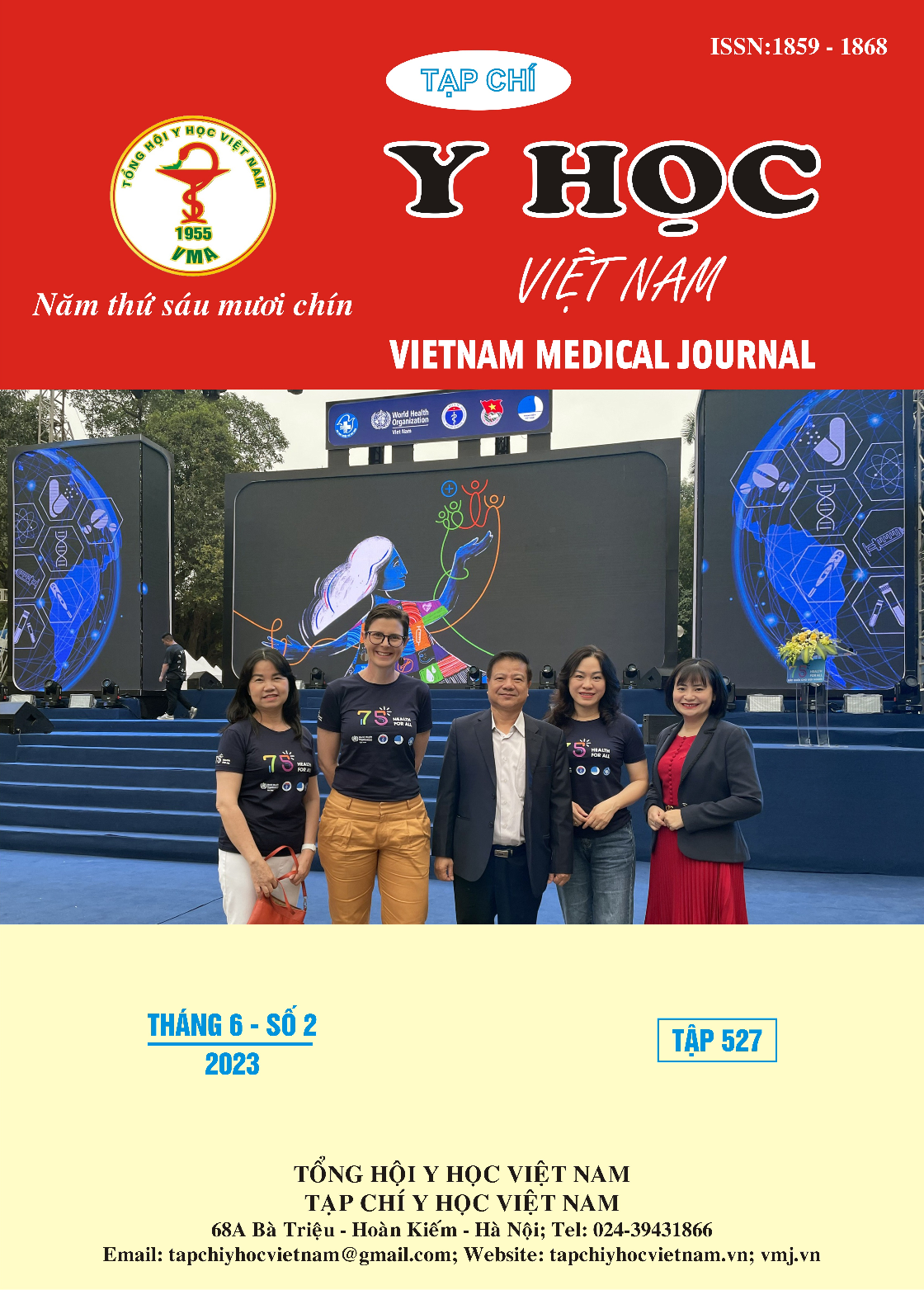CARPAL TUNNEL RELEASE THROUGH MINI-TRANSVERSE APPROACH AT ST. PAUL HOSPITAL: EVALUATION OF TREATMENT RESULT
Main Article Content
Abstract
Introduction: Surgical treatment for carpal tunnel syndrome (CTS) has seen remarkable development in recent years, especially in minimal-invasive techniques such as carpal tunnel release through mini-transverse approach (CTRMTA) and limited open carpal tunnel release. Those techniques have superior outcomes compared to traditional open surgery, including shorter length of hospital stay, better cosmetic result and higher recovery of palm tactile perception. The efficiency and the rate of recurrent of them, however, remain controversial. This article aims to evaluate treatment result of CTRMTA, a newly applied technique in St. Paul Hospital. Methods and Materials: 51 patients with 68 hands having CTS were treated by CTRMTA in St. Paul Hospital. Post-surgical outcomes were evaluated by Boston questionnaire and clinical tests. Results: The length of post-surgical follow-up was more than 6 months. Boston score decreased from 3.62 ± 0.46 to 1.32 ± 0.35. The rate of positivity dropped from 70.6% to 0% for Tinel test; 85.3% to 1.47% for Phalen test; 75% to 4.4% for Durkan test. The improvement in electromyogram and tactile perception were statistically significant. Most of patients were satisfied with the treatment result and the cosmetic aspect of surgical scar. Neither major neurological nor vascular injury was present. Conclusion: CTRMTA is an effective treatment providing better recovery of palm tactile perception and cosmetic result compared to traditional open surgery.
Article Details
References
2. Ignazio Gaspare Vetrano, Grazia Devigili and Vittoria Nazzi (2022). Minimally Invasive Carpal Tunnel Release: A Technical Note and a 20-Year Retrospective Series. Cureus. 2022 Jan; 14(1): e21426.
3. Sudqi A. Hamed, Falah Z. Harfoushi (2006). Carpal Tunnel Release via Mini-Open Wrist Crease Incision: Procedure and Results of Four Years Clinical Experience. Pak J Med Sci, Vol. 22 No. 4: p367-372.
4. Daniel B Nora, Jefferson Becker (2004). Cinical features of 1039 patients with neurophysiological diagnosis of carpal tunnel syndrome. Clinical Neurology and Neurosurgery, 107(1): p. 64-69.
5. Frederic Schuind (2002). Canal pressure before, during, and after endoscopic release for idiopathic carpal tunnel syndrome. J Hand surg, 27A.
6. Serhan Yağdı Ufuk Şener Tuğrul Bulut, Cemal Kazımoğlu (2011). Relationship between clinical and electrophysiological results in surgically treated carpal tunnel syndrome. Eklem Hastalık Cerrahisi, 22(3): p. 140 - 144.
7. R. A. Brown, et al. (1993). Carpal tunnel release. A prospective, randomized assessment of open and endoscopic methods. J Bone Joint Surg Am, 75(9): p. 1265-75.
8. Bromley GS. Minimal-incision open carpal tunnel decompression(1994),J Hand Surg; 19A: 119-120.


